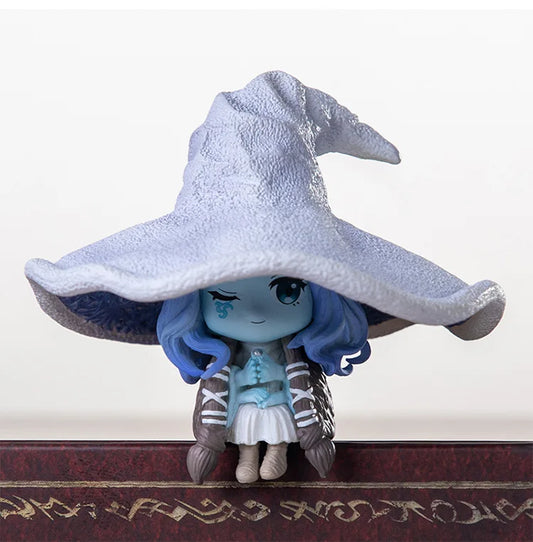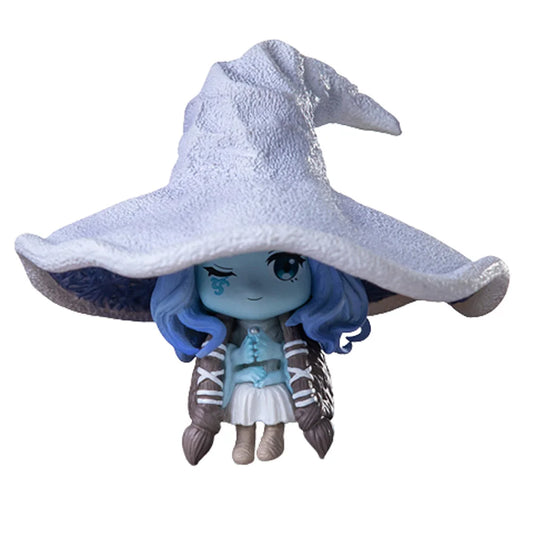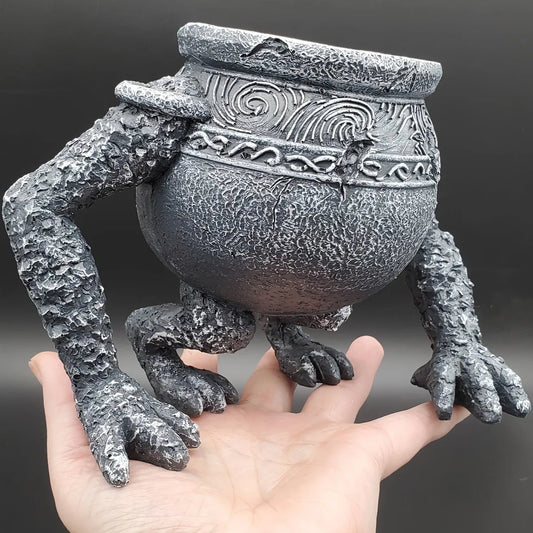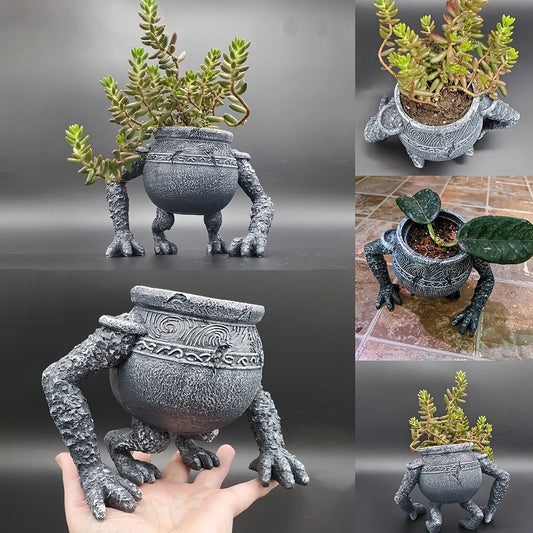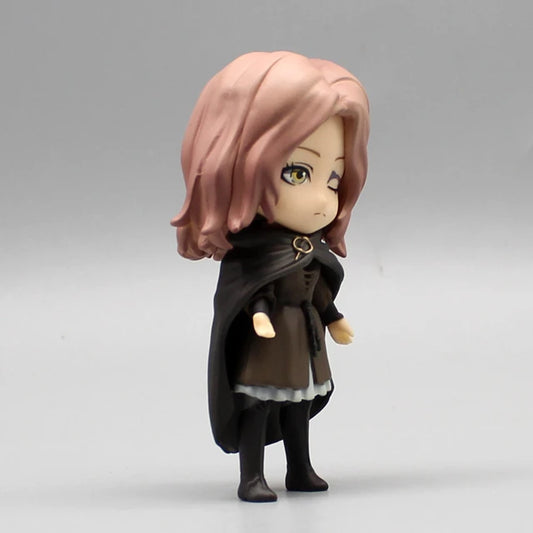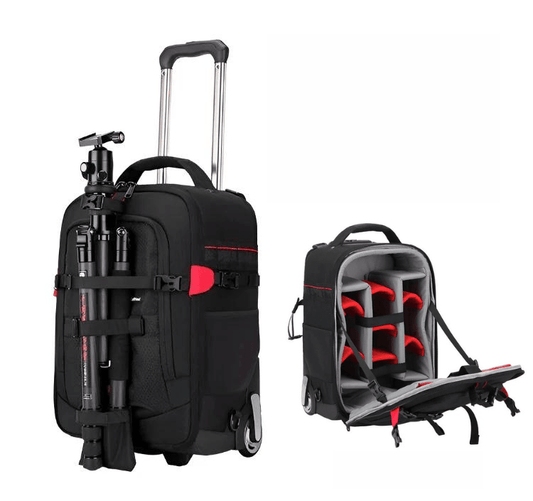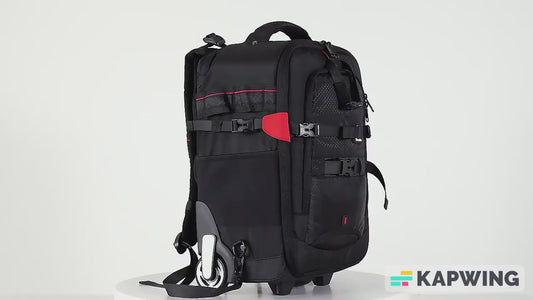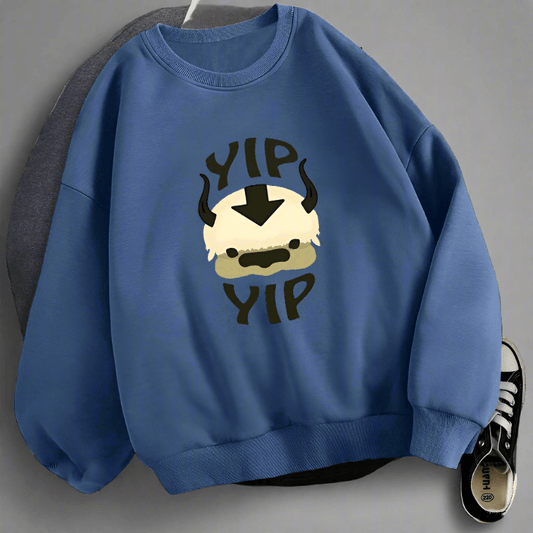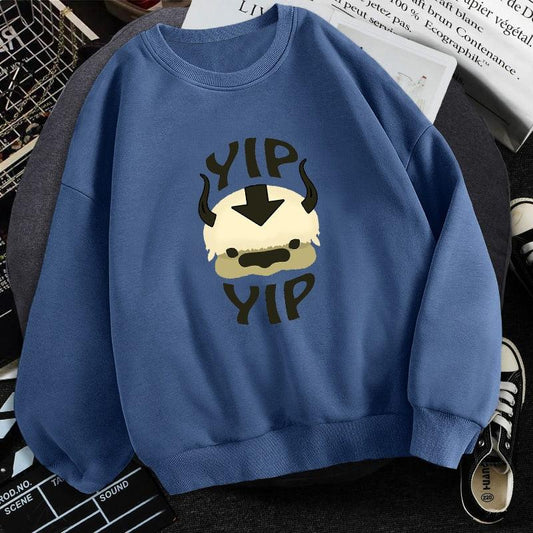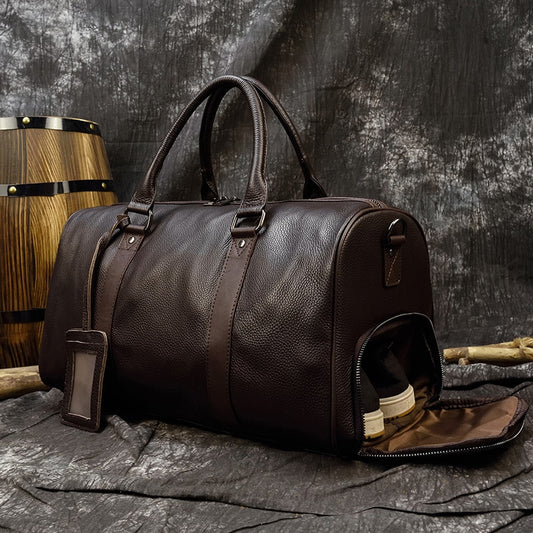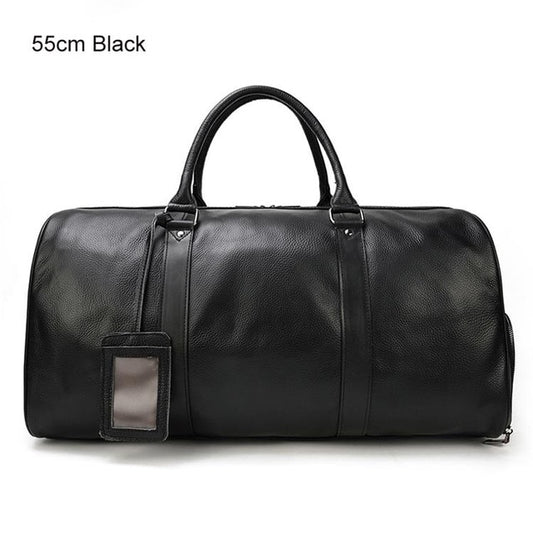The Rise of PU Leather: A Synthetic Revolution in Fashion and Industry
Introduction
Is that leather jacket really leather? The answer might surprise you. In recent years, a synthetic alternative has taken the fashion, furniture, and automotive industries by storm: PU leather. This versatile, cost-effective material mimics the look and feel of real leather while offering unique advantages and challenges. As consumers become more conscious of ethical and environmental concerns, PU leather has emerged as a popular choice for those seeking cruelty-free alternatives without compromising on style or functionality.
Background and Context
Historical Development
The story of PU leather begins with the discovery of polyurethane in 1937 by Dr. Otto Bayer. Initially developed as a wartime rubber replacement, polyurethane has evolved into a versatile material with applications across numerous industries. The development of PU leather as we know it today is a result of decades of research and innovation in synthetic materials.
Current Relevance and Importance
In today's market, PU leather has gained significant traction due to two primary factors:
- Growing demand for vegan and cruelty-free products: As consumers become more ethically conscious, the demand for alternatives to animal-derived materials has skyrocketed. PU leather offers a solution that aligns with these values.
- Cost-effective alternative: In industries such as furniture, automotive, and fashion, PU leather provides a budget-friendly option that doesn't compromise on aesthetics or durability.
According to recent market trends, the synthetic leather market, which includes PU leather, is expected to grow substantially in the coming years. This growth is driven by increasing awareness of animal welfare issues and the rising cost of genuine leather.
Understanding PU Leather
Composition and Manufacturing Process
PU leather, short for polyurethane leather, is a synthetic material primarily composed of a polyurethane coating applied to a fabric backing. The manufacturing process typically involves the following steps:
- Base Fabric Preparation: A woven or non-woven textile backing, usually made of polyester, cotton, or nylon, is prepared.
-
PU Coating Application: The polyurethane coating is applied to the base fabric using either the "Wet" or "Dry" process.
- Wet Process: This involves coating a coagulated base on a substrate backing, followed by an adhesive layer and a top coat.
- Dry Process: In this method, the PU is coated directly on the face of the backing, providing enhanced strength and performance.
- Treatment and Finishing: The fabric undergoes treatments to mimic the appearance of animal hide, and additional finishes may be applied for color, design, and performance enhancements.
Key Characteristics
PU leather boasts several notable characteristics that contribute to its popularity:
- Durability and Resistance: PU leather offers good resistance to wear and tear, making it suitable for high-traffic areas and frequently used items.
- Water Resistance: Unlike genuine leather, PU leather is inherently water-resistant. As noted in a 2021 study, "PU leather is a waterproof material and by its non-porous nature does not absorb water, which facilitates its maintenance but also its cleaning."
- UV Protection: PU leather demonstrates better resistance to UV rays compared to real leather, making it ideal for products exposed to sunlight.
- Cost-effectiveness: PU leather is significantly cheaper to produce than genuine leather, making it an attractive option for manufacturers and consumers alike.
Latest Advancements
Recent developments in PU leather technology have focused on enhancing sustainability and performance:
- Incorporation of Natural Components: Researchers are exploring ways to integrate natural materials into PU leather production to improve its environmental profile. As noted in a 2023 study, "The necessity to find greener solutions represents a crucial aspect and the development of more sustainable materials and production technologies become one of the most important trends in the whole area around the world."
- Use of Advanced Fillers: The integration of advanced materials like graphene has shown promising results in enhancing the properties of PU leather. According to the same 2023 study, "Graphene intercalation and dispersion within PUs permits to accomplish higher thermal and mechanical performances, therefore, the final leather materials present higher tear resistance, surface adhesiveness and abrasion resistance properties."
PU Leather in Various Industries
Fashion and Accessories
In the fashion industry, PU leather has found widespread use in:
- Jackets and coats
- Handbags and wallets
- Shoes and boots
- Belts and accessories
Many fashion brands, including some high-end labels, have incorporated PU leather into their collections as a more affordable and ethical alternative to genuine leather.
Furniture Manufacturing
PU leather has become a popular choice in furniture manufacturing due to its:
- Durability and easy maintenance
- Wide range of colors and finishes
- Cost-effectiveness compared to real leather
From sofas and chairs to office furniture, PU leather offers a practical solution for both residential and commercial spaces.
Automotive Interiors
The automotive industry has embraced PU leather for its:
- Resistance to wear and tear
- Easy cleaning and maintenance
- Ability to withstand temperature fluctuations
A recent case study highlights the industry's move towards sustainability:
Case Study: Friebels and Sydow's Sustainable PU Leather for Automotive Design
Friebels and Sydow have developed a new kind of sustainable PU leather material specifically for automotive interior design, such as dashboards and steering wheels. This innovative material combines sustainability with high performance, addressing both environmental concerns and the demanding requirements of automotive applications.
Advantages of PU Leather
Cost-effectiveness
One of the primary advantages of PU leather is its affordability. It offers a leather-like appearance at a fraction of the cost of genuine leather, making it accessible to a wider range of consumers and businesses.
Durability and Resistance to Environmental Factors
PU leather demonstrates impressive durability and resistance to various environmental factors:
- Water Resistance: Its non-porous nature makes it highly water-resistant, facilitating easy cleaning and maintenance.
- UV Protection: PU leather shows better resistance to sun damage compared to real leather, making it suitable for outdoor applications.
- Wear and Tear: It can withstand regular use without showing significant signs of wear, making it ideal for high-traffic areas and frequently used items.
Ethical Considerations and Vegan-Friendly Status
As a synthetic material, PU leather aligns with ethical considerations:
- Cruelty-Free: No animals are harmed in its production, making it a preferred choice for vegans and those concerned about animal welfare.
- Accessibility: Its affordability makes ethical fashion choices more accessible to a broader consumer base.
Versatility in Design and Color Options
PU leather offers unparalleled versatility in terms of design:
- Wide Color Range: It can be produced in virtually any color, allowing for greater design flexibility.
- Texture Options: Manufacturers can create various textures and finishes, mimicking different types of leather or creating unique patterns.
- Customization: PU leather can be easily embossed or printed, offering additional design possibilities.
Challenges and Limitations
Despite its many advantages, PU leather faces several challenges and limitations:
Quality Perception and Authenticity Concerns
One of the main challenges PU leather faces is the perception of quality:
- "Fake" Appearance: Some consumers perceive PU leather as looking "fake" or less luxurious compared to genuine leather.
- Tactile Differences: While PU leather can mimic the appearance of real leather, the feel can be noticeably different, which may be a drawback for some users.
Environmental Impact
The environmental impact of PU leather production and disposal remains a significant concern:
- Use of Petroleum-Based Materials: The production of PU leather relies heavily on petroleum-based materials, which are not renewable resources.
- Disposal Issues: PU leather products are not biodegradable and can contribute to landfill waste. Recycling options for PU leather are currently limited, though research is ongoing to improve this aspect.
Limited Breathability
Compared to real leather, PU leather offers limited breathability:
- This can be a drawback in applications where air circulation is important, such as in shoes or furniture upholstery.
- Limited breathability can lead to discomfort in certain conditions, particularly in warm environments.
Sustainability and Future Trends
The future of PU leather is closely tied to advancements in sustainability and performance. Several key trends are shaping the industry:
Focus on Eco-Friendly Production Methods
Manufacturers are increasingly exploring more sustainable production methods for PU leather:
- Water-Based Systems: Moving away from solvent-based systems to water-based alternatives, reducing harmful emissions.
- Energy Efficiency: Implementing more energy-efficient production processes to reduce the overall environmental impact.
Integration of Natural Components
Research is ongoing to incorporate natural and renewable materials into PU leather production:
- Bio-Based Polyols: Developing polyols derived from plant sources as alternatives to petroleum-based materials.
- Natural Fibers: Experimenting with natural fibers in the base fabric to enhance biodegradability.
Advanced Materials and Performance Enhancements
The use of advanced materials is set to revolutionize PU leather properties:
- Graphene-Enhanced PU: As mentioned earlier, the incorporation of graphene can significantly improve the mechanical and thermal properties of PU leather.
- Smart Materials: Research into integrating smart technologies, such as self-healing or temperature-regulating properties, is ongoing.
Industry Adaptation to Changing Consumer Preferences
The PU leather industry is rapidly evolving to meet changing consumer demands:
- Transparency: Increased focus on providing clear information about material composition and production methods.
- Circular Economy: Developing systems for the collection and recycling of PU leather products at the end of their lifecycle.
Comparison with Alternatives
To better understand PU leather's position in the market, let's compare it with some alternatives:
| Material | Characteristics | Advantages | Disadvantages |
|---|---|---|---|
| PU Leather | Synthetic, polyurethane-based | Cost-effective, durable, vegan | Can look "fake," limited breathability |
| Real Leather | Natural, animal-derived | High quality, breathable, durable | Expensive, ethical concerns |
| Vinyl Leather | Synthetic, PVC- based | Cheap, easy to clean | Less durable, may crack, not eco-friendly |
| Piñatex | Plant-based, pineapple leaf fiber | Sustainable, breathable, cruelty-free | More expensive than PU leather, limited availability |
Each material has its own set of pros and cons, and the choice often depends on specific requirements, budget constraints, and ethical considerations.
How to Identify and Care for PU Leather
Visual and Tactile Identification Techniques
Identifying PU leather can be tricky, but here are some tips:
- Look for a Uniform Texture: PU leather often has a more uniform texture compared to real leather, which has natural variations.
- Check the Reverse Side: The back of PU leather often looks like fabric, while real leather has a suede-like appearance.
- Smell Test: PU leather doesn't have the distinctive smell of real leather.
- Water Drop Test: A water drop will sit on top of PU leather but will be absorbed by real leather.
Proper Cleaning and Maintenance Methods
To keep PU leather looking its best:
- Regular Dusting: Use a soft, dry cloth to remove dust and debris.
- Mild Soap Solution: For deeper cleaning, use a mild soap solution and a soft cloth. Avoid harsh chemicals.
- Avoid Excessive Heat: Keep PU leather items away from direct heat sources to prevent damage.
- Condition Regularly: Use a PU leather conditioner to maintain flexibility and prevent cracking.
Storage Recommendations
Proper storage is crucial for maintaining PU leather items:
- Store in a cool, dry place away from direct sunlight.
- Use breathable covers to protect from dust while allowing air circulation.
- Avoid folding or creasing PU leather items for extended periods.
Repair Options for Damaged PU Leather Items
While PU leather is durable, it can still be damaged. Here are some repair options:
- Small Tears: Use a leather repair kit designed for synthetic leather.
- Peeling: Apply a leather paint or dye to cover peeling areas.
- Large Damages: For extensive damage, consider professional repair services or replacement.
FAQ Section
Q1: How does PU leather compare to real leather in terms of longevity?
A1: While PU leather is durable, it generally doesn't last as long as high-quality real leather. Real leather can last for decades with proper care, while PU leather typically lasts 5-10 years depending on usage and maintenance.
Q2: Can PU leather be recycled?
A2: Currently, recycling options for PU leather are limited. Most PU leather products end up in landfills. However, research is ongoing to develop more effective recycling methods for synthetic leathers.
Q3: Is PU leather suitable for people with leather allergies?
A3: Yes, PU leather is generally suitable for people with leather allergies as it doesn't contain animal proteins that typically cause allergic reactions. However, individuals with sensitivities to synthetic materials should exercise caution.
Q4: How does temperature affect PU leather?
A4: PU leather can be sensitive to extreme temperatures. High heat can cause it to soften and potentially deform, while very cold temperatures may cause it to crack or become brittle. It's best to store PU leather items in a temperature-controlled environment.
Q5: Are there any health concerns associated with PU leather?
A5: While PU leather is generally considered safe for use, some concerns have been raised about potential off-gassing of volatile organic compounds (VOCs), especially in newly manufactured items. Proper ventilation when using new PU leather products is recommended.
Challenges and Solutions in PU Leather Industry
Improving Sustainability
Challenge: Reducing the environmental impact of PU leather production and disposal.
Solution: The industry is focusing on developing bio-based polyurethanes and improving recycling technologies. As noted in recent research, "The necessity to find greener solutions represents a crucial aspect and the development of more sustainable materials and production technologies become one of the most important trends in the whole area around the world." (2023)
Enhancing Quality Perception
Challenge: Overcoming the "fake leather" stigma associated with PU leather.
Solution: Manufacturers are advancing their techniques to improve the texture and finish of PU leather. The use of advanced materials like graphene is also contributing to enhanced quality. As stated in a 2023 study, "Graphene intercalation and dispersion within PUs permits to accomplish higher thermal and mechanical performances, therefore, the final leather materials present higher tear resistance, surface adhesiveness and abrasion resistance properties."
Ethical Considerations and Best Practices
Balancing Vegan-Friendly Status with Environmental Concerns
While PU leather is vegan-friendly, its environmental impact remains a concern. The industry is working to balance these aspects by:
- Developing more sustainable production methods
- Exploring bio-based alternatives to petroleum-derived materials
- Improving the recyclability and biodegradability of PU leather products
Transparency in Labeling and Marketing PU Leather Products
To maintain consumer trust, it's crucial for manufacturers and retailers to:
- Clearly label products as PU leather or synthetic leather
- Provide accurate information about the material's composition and production methods
- Avoid misleading terms that might confuse consumers about the nature of the product
Responsible Disposal and Recycling Practices
The industry is developing better end-of-life solutions for PU leather products:
- Establishing take-back programs for used PU leather items
- Investing in research for more effective recycling technologies
- Educating consumers on proper disposal methods
Success Stories and Innovations
Automotive Industry Adoption of Sustainable PU Leather
The automotive sector has been at the forefront of adopting sustainable PU leather alternatives. A notable example is the work of Friebels and Sydow, who have developed a new kind of sustainable PU leather material specifically for automotive interior design. This innovation demonstrates the potential for PU leather to meet high performance standards while addressing sustainability concerns.
Fashion Brands Successfully Incorporating PU Leather in High-End Products
Several fashion brands have successfully integrated PU leather into their high-end product lines:
- Luxury handbag manufacturers are using high-quality PU leather as an ethical alternative
- Footwear brands are creating stylish, durable shoes using advanced PU leather materials
- Clothing designers are incorporating PU leather into their collections, offering cruelty-free options without compromising on style
These success stories highlight the versatility and growing acceptance of PU leather in the fashion industry.
Tools and Equipment for PU Leather Production
The production of high-quality PU leather relies on advanced equipment:
Advanced Coating Machines for Efficient PU Application
Modern PU leather manufacturing utilizes sophisticated coating machines that ensure:
- Precise and uniform application of PU coatings
- Efficient production processes with minimal waste
- Ability to create various textures and finishes
Graphene Dispersion Equipment for Enhanced Material Properties
As the use of graphene in PU leather gains traction, specialized equipment for graphene dispersion becomes crucial:
- Ensures even distribution of graphene within the PU matrix
- Enables the creation of PU leather with enhanced strength and conductivity
Quality Control Tools
Ensuring consistent quality across PU leather production is crucial. Key quality control tools include:
- Spectrophotometers: For accurate color matching and consistency
- Abrasion Testers: To evaluate wear resistance
- Tensile Strength Testers: For assessing material durability
Conclusion
PU leather has undoubtedly made a significant impact on various industries, offering a cost-effective, versatile, and ethical alternative to genuine leather. As we've explored throughout this comprehensive overview, PU leather brings numerous advantages to the table, from its durability and design flexibility to its vegan-friendly status. However, it's not without its challenges, particularly in terms of environmental sustainability and quality perception.
The future of PU leather looks promising, with ongoing research and development focusing on enhancing its sustainability profile and performance characteristics. The incorporation of natural components, advanced materials like graphene, and more eco-friendly production methods are set to address many of the current limitations of PU leather.
As consumers become increasingly conscious of both ethical and environmental concerns, the PU leather industry is adapting rapidly. The success stories in automotive and fashion industries demonstrate the material's potential to meet high standards while addressing sustainability concerns.
Moving forward, the key to PU leather's continued success will likely lie in striking a balance between performance, cost-effectiveness, and sustainability. As technology advances and consumer preferences evolve, we can expect to see even more innovative applications and improvements in PU leather products.
Whether you're a consumer, manufacturer, or simply interested in material science, staying informed about the latest developments in PU leather technology is crucial. As this field continues to evolve, it promises to play an increasingly important role in shaping the future of sustainable and ethical material alternatives.
Additional Resources
For those interested in delving deeper into the world of PU leather, here are some valuable resources:
- Recent advances concerning polyurethane in leather applications: This scientific article provides an in-depth look at the latest developments in PU leather technology, particularly in leather applications.
- An Overview of Polyurethane Fabric: This resource offers a comprehensive overview of polyurethane fabric, including its properties, manufacturing processes, and applications.
- The Definitive Guide To PU Leather: This guide provides a thorough explanation of PU leather, its characteristics, and its uses, making it an excellent resource for both consumers and industry professionals.
These resources offer valuable insights into the technical aspects, recent advancements, and practical applications of PU leather, providing a solid foundation for further exploration of this fascinating material.


